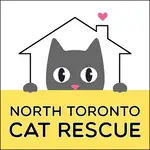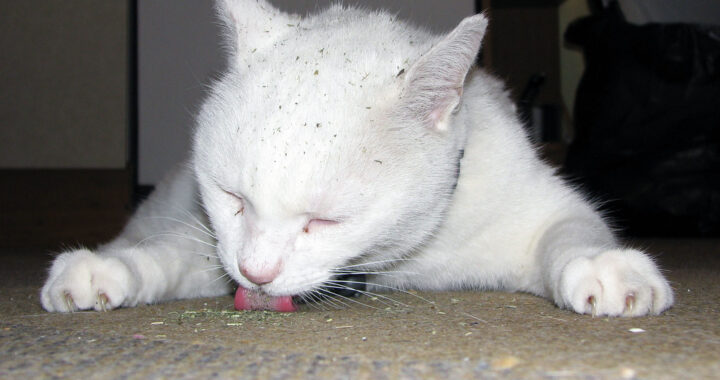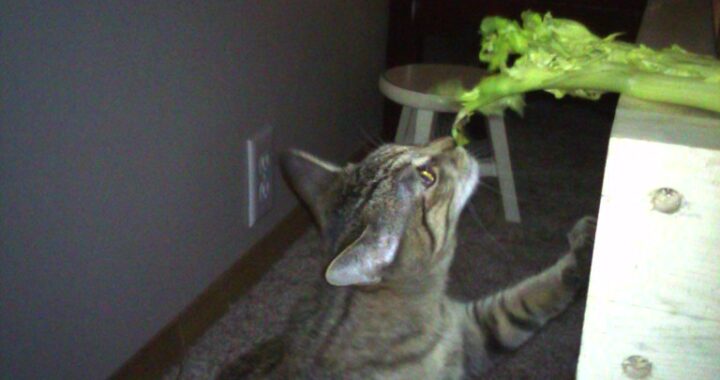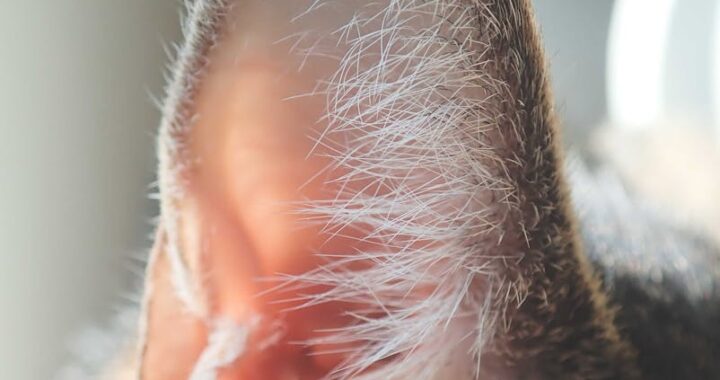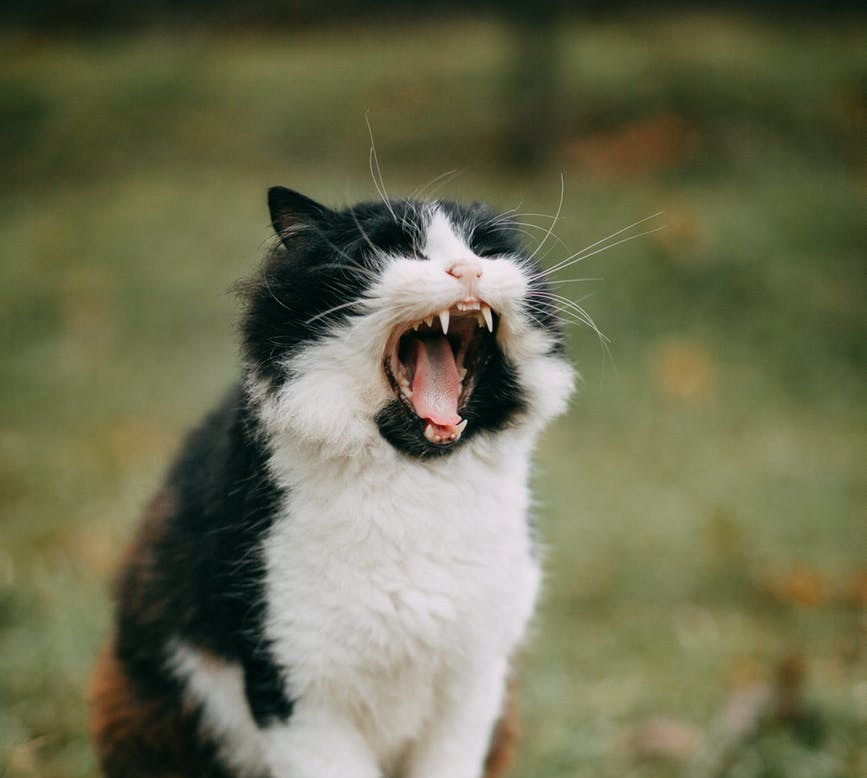
Photo by Natalie on Pexels.com
by Nomi Berger
It seems to be one of nature’s more peculiar rules: where there’s a cat, there’s a hairball.
Although most cat owners are all too familiar with this feline phenomenon, there ARE ways to keep it to a minimum.
Contrary to popular myth, however, hairballs are NOT “balls” of hair, nor are they “coughed up.” The technical term for a hairball is a trichobezoar, from tricho (hair) and bezoar (a clumping of material virtually cemented together in the gastrointestinal tract). Simply put, hairballs are thickened wads of ingested hair that can’t pass through a cat’s intestinal tract as they normally should, but are vomited (not coughed) up instead.
Since all cats groom themselves, swallowing hair in the process is a normal occurrence, one their digestive systems handle by allowing the hair to pass through the intestinal tract and out in the feces. But all conscientious cats owners should groom their cats as well. Why? Because regular brushing and/or combing removes much of a cat’s loose hair BEFORE it’s swallowed, thereby limiting the amount of hair the cat swallows. The less hair ingested means the fewer hairballs formed.
While shorthaired cats also develop hairballs, longhaired cats are particularly prone to them, making their grooming – often daily — even more important. The added benefits to this consistent grooming? It keeps their coats free of tangles and mats and keeps their skin healthy.
Besides a regular routine of brushing and/or combing, there are various hairball products purported to help control hairballs. Most are petroleum based and work by trying to lubricate the hairball, making it easier to pass normally through the intestinal tract. Although effective for some cats, they’re not effective for all, and many veterinarians believe they can actually be harmful. There are also numerous commercial cat foods that feature a high volume of fiber designed to keep the gastrointestinal tract moving normally. Once again, they may be effective for some cats, but not all.
The most recent trend is towards keeping cats who vomit frequently on a grain-free diet based on the theory that cats haven’t evolved to eat grains. Being obligate carnivores, their “natural” diet would have high protein but low carbohydrate levels. Grain-based foods are higher in carbohydrates, leading to changes in the bacteria of a cat’s intestinal tract that may alter its motility, contributing to the inability of hair to pass through it normally.
It’s vital, therefore, for all concerned cats owners to consult their own vets before using any of these products or starting any of these diets.
Hairballs can cause problems other than vomiting, as when one such mass becomes lodged in the intestinal tract, thereby obstructing it. Frequent vomiting, with or without hairballs, is abnormal for any cat, and demands an immediate visit to the vet – for advice, treatment or both.
